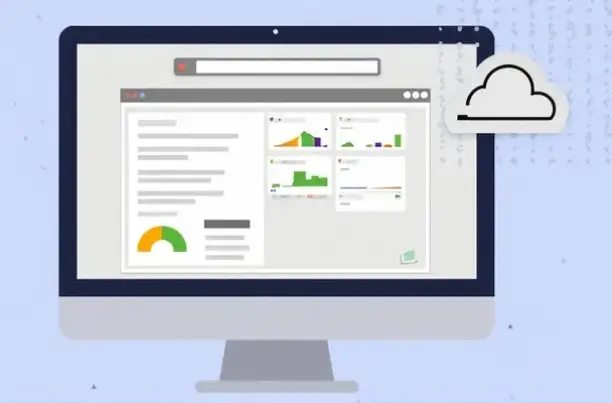Boost Website Speed and Security with Cloudflare: A Complete Guide for Web Performance Optimization in 2025

In 2025, website speed and reliability are not optional—they are essential. Users expect fast-loading, secure websites, and search engines prioritize those that meet these expectations. One of the most powerful tools for achieving this is Cloudflare, a performance and security platform used by millions of websites globally.
In this post, we’ll explore how Cloudflare enhances your site’s performance, its key features, and how to implement it easily.
🌐 What is Cloudflare?
Cloudflare is a content delivery network (CDN) and web security service that acts as a middle layer between your website and its visitors. It distributes your site’s content across a global network of servers, reduces latency, and provides protection against threats like DDoS attacks and malicious bots.
🔗 Official site: https://www.cloudflare.com
⚡ Benefits of Using Cloudflare for Web Performance
-
Global CDN: Delivers cached versions of your website from servers closest to the user.
-
Automatic Asset Optimization: Compresses images, minifies JavaScript/CSS/HTML, and reduces load time.
-
Argo Smart Routing: Optimizes the route of traffic through the fastest paths.
-
Browser Caching: Instructs browsers to cache static assets.
-
Rocket Loader™: Speeds up JavaScript loading without code changes.
-
Always Online™: Displays a cached version of your site if the origin server is down.
🛡️ Cloudflare Security Features
In addition to performance, Cloudflare adds strong layers of security:
- DDoS Protection
- SSL/TLS Encryption (free SSL certificates)
- Firewall Rules to block unwanted traffic
- Bot Management
- Rate Limiting
🧩 How to Set Up Cloudflare on Your Website
Setting up Cloudflare is simple and takes just a few steps:
-
Create an Account:
Go to https://dash.cloudflare.com/sign-up and register. -
Add Your Domain:
Enter your website’s domain name. Cloudflare will scan your DNS records. -
Update DNS Records:
Review and confirm DNS records, or add missing ones manually. -
Change Nameservers:
Cloudflare will ask you to change your domain's nameservers to their network. This is done from your domain registrar (like Namecheap or GoDaddy). -
Enable Performance Features:
Turn on features like Auto Minify, Brotli compression, and Rocket Loader. -
Activate Security Rules:
Use the dashboard to enable Web Application Firewall (WAF), bot protection, and SSL encryption.
🧪 Testing Performance Improvements
After integration, test your website’s speed before and after using tools like:
You’ll often see major improvements in Time to First Byte (TTFB), Load Time, and Core Web Vitals.
📚 Additional Learning Resources
-
🌐 Cloudflare Documentation: https://developers.cloudflare.com
-
🎓 Cloudflare Learning Center: https://www.cloudflare.com/learning
📽️ Cloudflare YouTube Channel: https://www.youtube.com/user/CloudflareTV
🏁 Final Thoughts
In a world where milliseconds matter, Cloudflare offers an all-in-one solution to optimize performance and enhance web security. With just a few steps, you can dramatically improve how fast your site loads—and how well it’s protected.
Whether you're running a blog, e-commerce platform, or enterprise-level site, Cloudflare remains a critical tool in any modern web performance optimization strategy.

Leave a comment